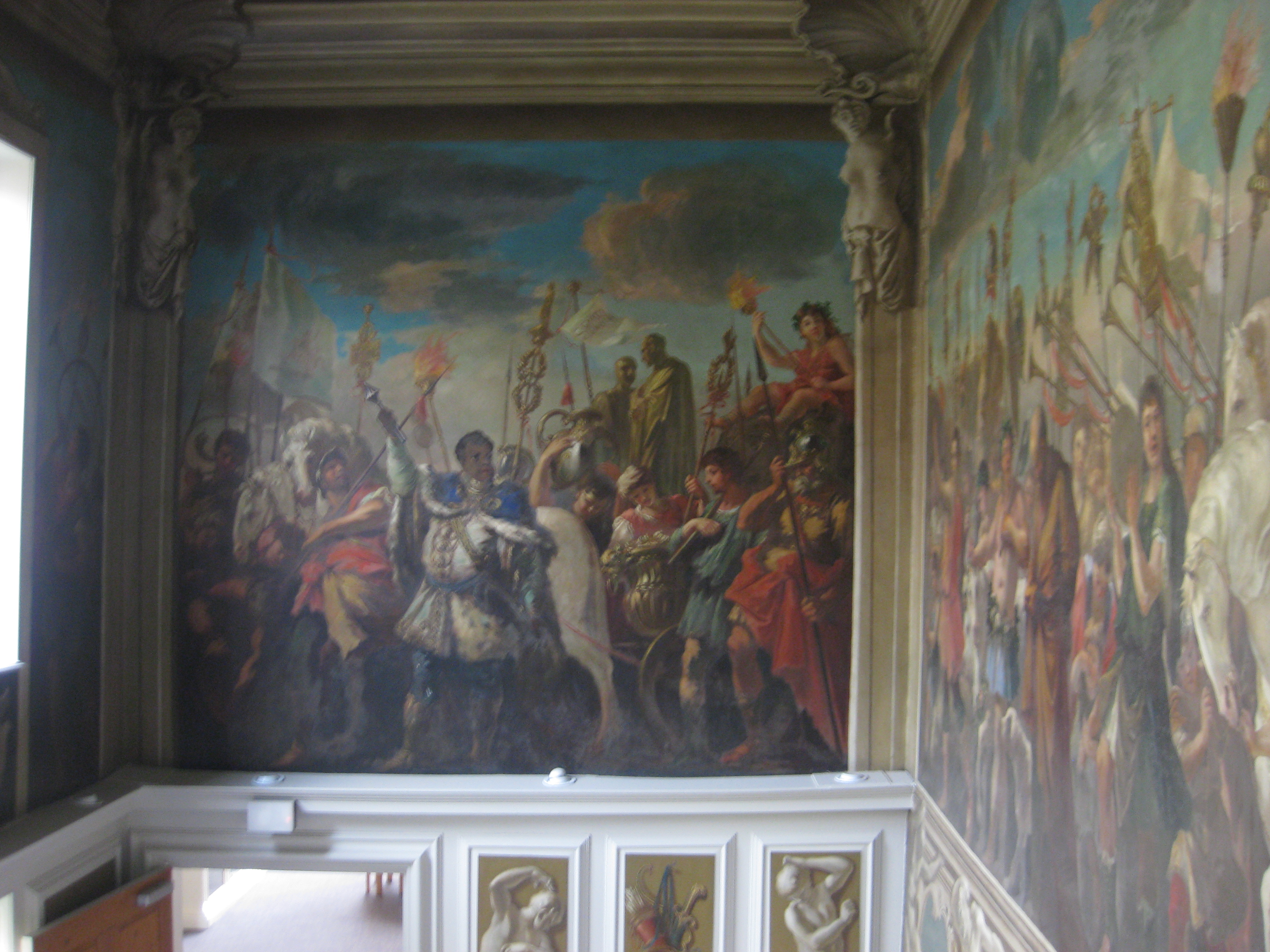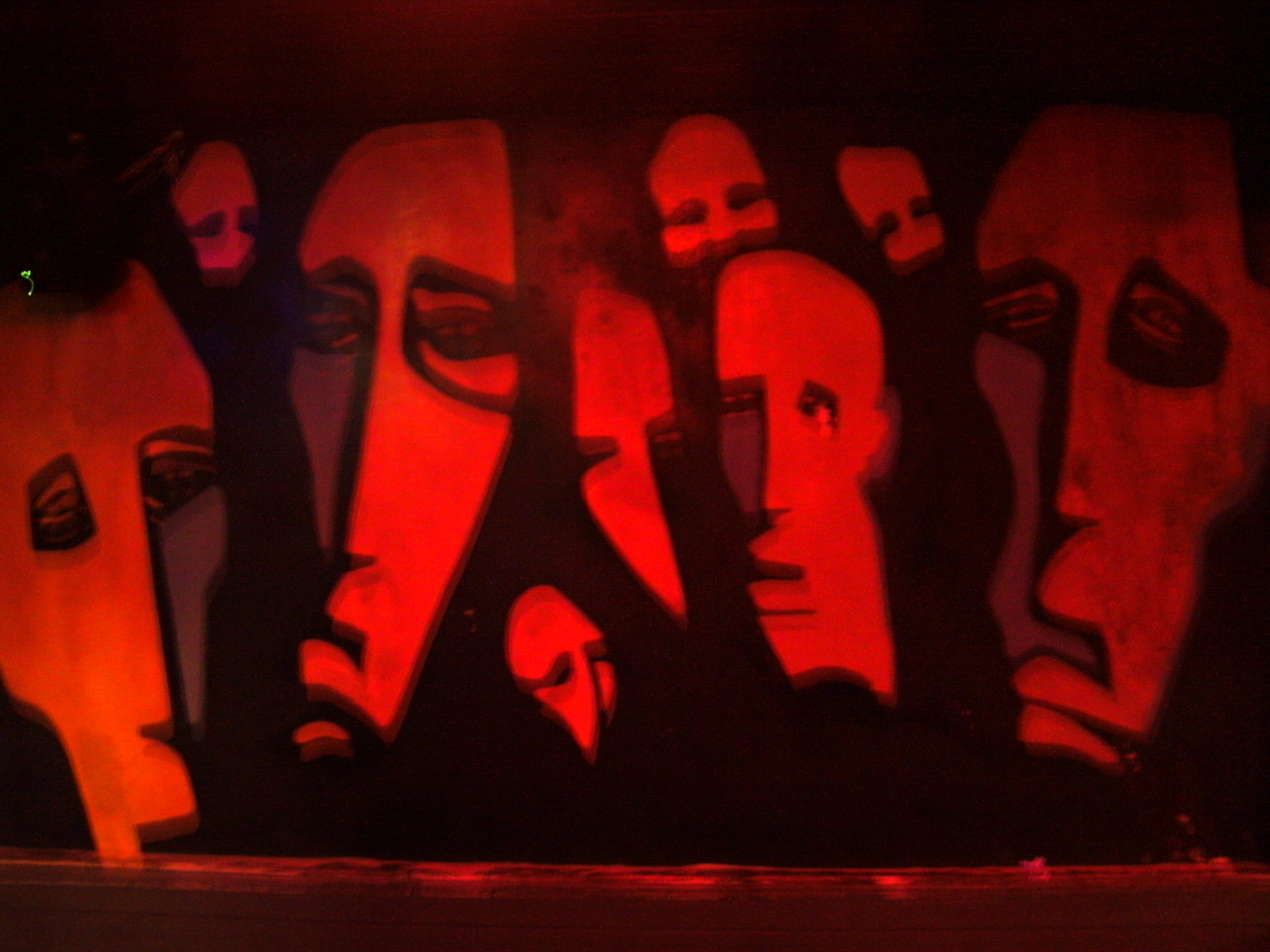Art and Communication
by David Hamilton (December 2010)
There is confusion about what art is. Distinctions and classifications are needed to clarify it. First, the qualities that make something art are intrinsic, not external. It is in the artifice, the organising of elements, perspective, choice of colour etc that makes it art because the result is obtained by transforming reality and thus nature, through human imagination and realised by skill and technique.
An example of the difference between nature and art is when I point my camera and record natural phenomena. If I take a sunset it is reproducing nature and is not art but nature. But if I then use the zoom function, it has the effect of condensing the distance and thereby magnifying the gold or red which is moving from nature to art.
English philosopher Michael Oakeshott in discussing rationalism in politics, made a distinction between learning technique and what he called traditional knowledge. The second is instinct and intuition. In this case we would describe it as talent or genius relayed through skill. Oakeshott describes two sorts of knowledge:
 In art, this equates to the distinction between natural talent or genius and the skill and technique which realises the vision and meaning. Soccer players show a high degree of skill and to great players it is natural but developed by coaching and practice, but there is no high conception.
In art, this equates to the distinction between natural talent or genius and the skill and technique which realises the vision and meaning. Soccer players show a high degree of skill and to great players it is natural but developed by coaching and practice, but there is no high conception.
Everyday art fills our ordinary lives with meaning and provides different feelings as they have different purposes. At Kimbolton school the murals on walls and ceilings by Pellegrini give a sense of grandeur and seriousness and create a suitable frame of mind for study. On occasion there are external factors that help prompt the feelings.
 A Liverpool pub, The Jacaranda, has a mural in the downstairs bar which John Lennon, and Stuart Sutcliffe, had a hand in painting when he was an art student, and this creates fascination and joy at the thought of someone so famous being part of it. The painting is well executed but not devoted to a high purpose, but conveys feelings because we know who was involved. In my last essay I referred to a strange painting on the inside of a cupboard in The Nags Head in Shrewsbury which, though not great art nonetheless produced feelings other than shock. A pub in Liverpool, the Peter Kavanagh has a very delightful mural based on Dickens characters in the snug-bar. The story is that an artist who was a regular customer in the 1930s could not afford to pay his tab for drinks on account, so painted the mural. It is delightful: it produces delight and merryment adds to the pubs character and raises it above the ordinary. (2)
A Liverpool pub, The Jacaranda, has a mural in the downstairs bar which John Lennon, and Stuart Sutcliffe, had a hand in painting when he was an art student, and this creates fascination and joy at the thought of someone so famous being part of it. The painting is well executed but not devoted to a high purpose, but conveys feelings because we know who was involved. In my last essay I referred to a strange painting on the inside of a cupboard in The Nags Head in Shrewsbury which, though not great art nonetheless produced feelings other than shock. A pub in Liverpool, the Peter Kavanagh has a very delightful mural based on Dickens characters in the snug-bar. The story is that an artist who was a regular customer in the 1930s could not afford to pay his tab for drinks on account, so painted the mural. It is delightful: it produces delight and merryment adds to the pubs character and raises it above the ordinary. (2)
. Kant promoted a universal criteria to decide if something was Art. He used a geometric idea of patterns of shapes and lines. In The Critique of Judgement he developed the notion of beauty as the cause of the the mental state.
George Dickie and Arthur Danto held that works of art are objects connected to various social practices. This again turns on beauty as some objects like the taps or a motor car can be beautiful but because they are not linked to the art world are not art whereas a painting, say, is. This is to define art by social function. To Dickie its about being self-assigned but you can put a car where you like it is always a car and its function is different from a work of art even if it is beautifully designed. When artists begin to create they have a purpose in mind and to bring this into being they use appropriate technique. They do not take into account aerodynamics, say, or how fast water pours out or precisely where its trajectory will take it as these are not part of the purpose. Though they are to engineers and designers of those functional objects.
Tracey Emin and Damian Hirst have both declared works to be art because they say it is. They were promoted and financed by Saatchi who first declared their works art but he is not an artist. It is critics and elite art buyers who decide what is art and usually because of its commercial value but that is external to the work not intrinsic. They are right about the commercial value of objects but not about its classification as art because designating something as art because it has commercial value is to apply external or non intrinsic criteria as the standard of judgement. Many people are supposed to think they are Napoleon or important people but does that make them so?
_________________________________
(3) http://www.flickr.com/photos/paddypix/3956312434/
To comment on this article, please click here.
To help New English Review continue to publish critical and informative articles such as this one, please click If you enjoyed this article and would like to read more by David Hamilton, please click here.